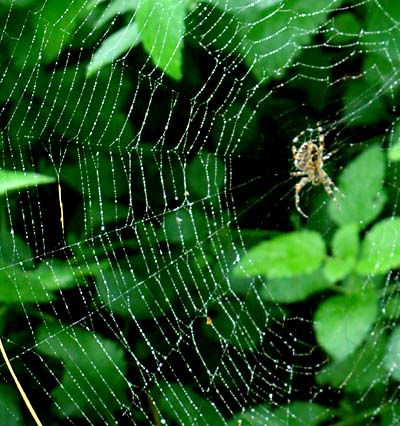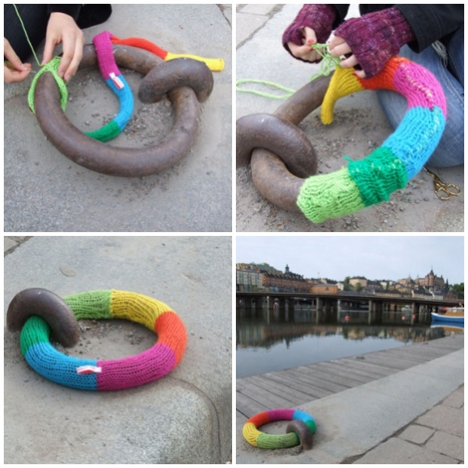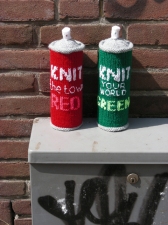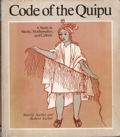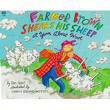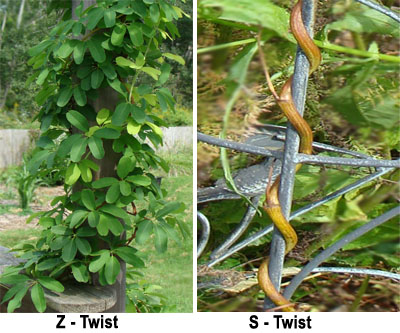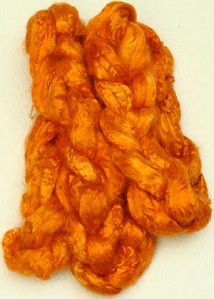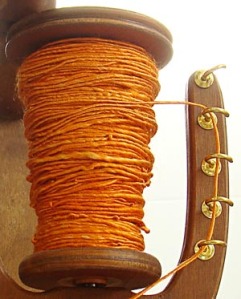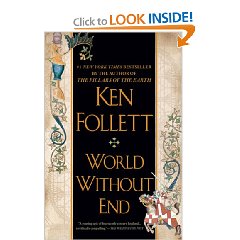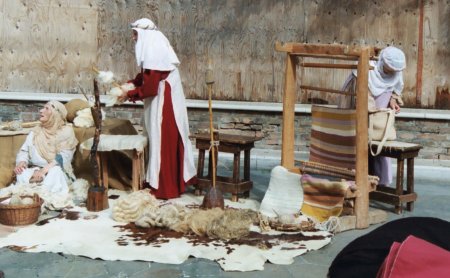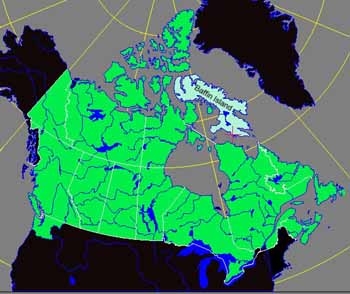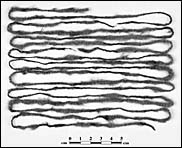
Middle Finger Base or Opening A
Cats cradle was just something to keep me entertained on car rides, when I was young, or so I thought. I have a new respect for string games, and the variety and complexity of many. They increase dexterity, hand eye coordination and memory. String games require a length of string, yarn, approximately 2 yards, made into a loop and two to four hands, sometimes a mouth, wrist or foot gets into the game. The history goes back further than we can date, it’s an ancient pastime. There are 750 documented string games.
The first writing of a string figure is by a Greek physician Heraklas during the first century. He used it for medical purposes, setting a broken jaw. This is the same figure Aboriginal Australians called The Sun Clouded Over. In 1978 the ISFA was formed…International String Figure Association. Check out the site, they have “A STRING FIGURE OF THE MONTH”. They are also looking for new figures that are recent or are not currently in their database.
There are string figures for one person as well as string figures for two.
“Cats cradle” is the most popular string game. Throughout the world Jacob’s Ladder”, “Tree hole”, “Cup and Saucer”, also have a following, though under different names. There are string games that tell stories, ie: The Candles. You start with one figure and as you tell the story, you keep changing shapes, like pictures in a book. You can entertain yourself or a group of people making shapes of animals, objects, and nature. Some examples are dressing a pelt, casting a spear, two mountains and a stream, a turtle, butterfly, dog and sled…… The list goes on. I do want to say that some off the string pictures do require imagination, much like seeing constellation pictures in the sky. Still, they look like they would be fun to try.
When you are on a bus, train, or plane and the children in the next seat are giving their Mom a hard time, that’s when you can pull out the string. You will be a big hit to everyone…I am off to practice string designs.
Filed under: Fiber, Games, History, Yarn | Tagged: String, yarn | 1 Comment »
